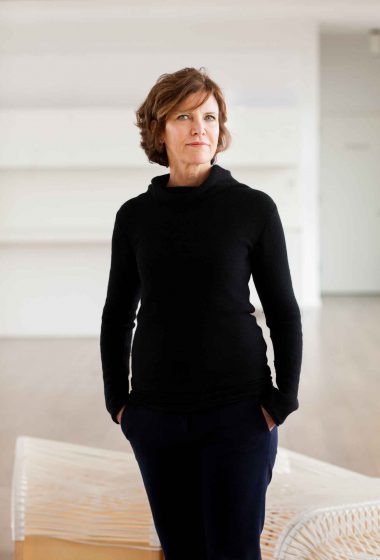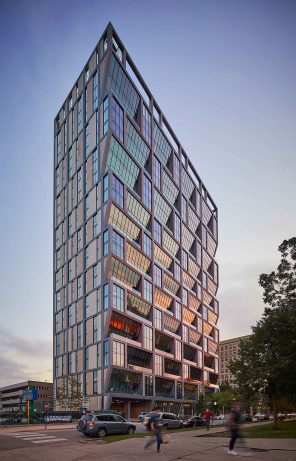New York Times — “Architecture Is No Longer Just a ‘Gentleman’s Profession’”
September 14, 2018
“Architecture was long called a ‘gentleman’s profession,’ which may have been true if by that you meant one that systematically excluded women for most of its existence. Before World War II, you could count the number of noted female architects on one hand. As late as the 1990s, the percentage of architecture firms owned by women in the United States was still in the single digits.
Today, less than a third of the American Institute of Architects (AIA) membership is female, and a survey of the world’s 100 largest architecture firms by the online design magazine Dezeen found that women occupied just 10 percent of the highest-ranking jobs. The first time a woman won the AIA’s Gold Medal, its highest honor, was in 2014. The recipient, Julia Morgan, had been dead for 57 years.
There are signs of improvement, though. According to the National Council of Architectural Registration Boards and the Association of Collegiate Schools of Architecture (ACSA), the number of women in the field continues to rise: Women now account for nearly half of the students in architecture schools in the United States; they make up about 40 percent of those taking licensing exams—up by nearly 50 percent in 20 years.
[Today] offices led or owned by women are creating an ever-wider range of public buildings that address architecture and urbanism in new and invigorating ways. …
In Chicago, the architect Jeanne Gang first captured widespread attention with the rippling balconies of her 2010 Aqua tower. Shared among units, the balconies shade otherwise unprotected glass facades. Solstice on the Park, a new Chicago condo tower, carries the solar energy investigation further by tilting blocks of southern-facing apartments out from the building core to shadow the levels below them. (The north face, where solar protection isn’t necessary, is flat.) For Ms. Gang, it’s all part of a larger search for order—social, natural, or mechanical. ‘The angle of the glass gives a scientific or mathematical order, and of course an aesthetic order—but importantly, a performative order as well,’ she said.”


